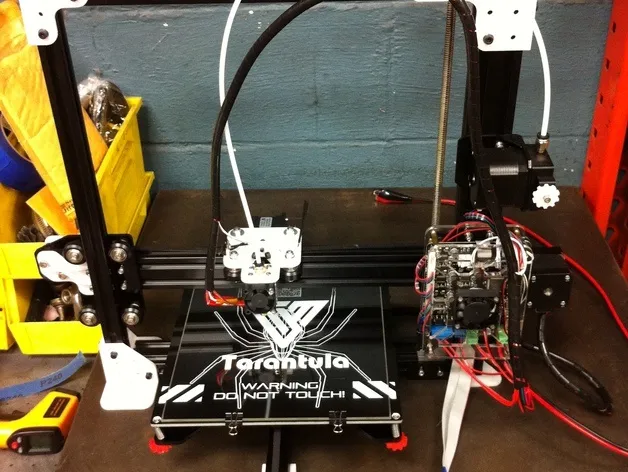7 Essential Tarantula Upgrades
Owning a tarantula can be a rewarding experience, but it also comes with responsibilities. Creating an ideal habitat is crucial for your spider’s health, happiness, and longevity. Upgrading your tarantula’s enclosure and care routine can significantly improve its well-being. This guide will explore seven essential upgrades that every tarantula owner should consider, ensuring your pet thrives in its environment. These improvements range from substrate selection to safety measures, covering all aspects of tarantula care to help you provide the best possible life for your eight-legged friend. By focusing on these key areas, you can create a comfortable and stimulating environment, and contribute to a healthier and more content tarantula.
Substrate Selection and Maintenance
The substrate is the foundation of your tarantula’s habitat. It provides a place for your spider to burrow, regulates humidity, and offers a sense of security. Choosing the right substrate and maintaining it properly are essential for your tarantula’s health. Poor substrate choices can lead to problems with molting, humidity regulation, and the overall well-being of your pet. It is important to regularly check the substrate for cleanliness and to ensure that it supports your tarantula’s natural behaviors. The right substrate also helps to prevent the growth of harmful bacteria and molds, contributing to a cleaner and healthier environment for your tarantula. The following sections detail what you need to know to make the right choice.
Choosing the Right Substrate
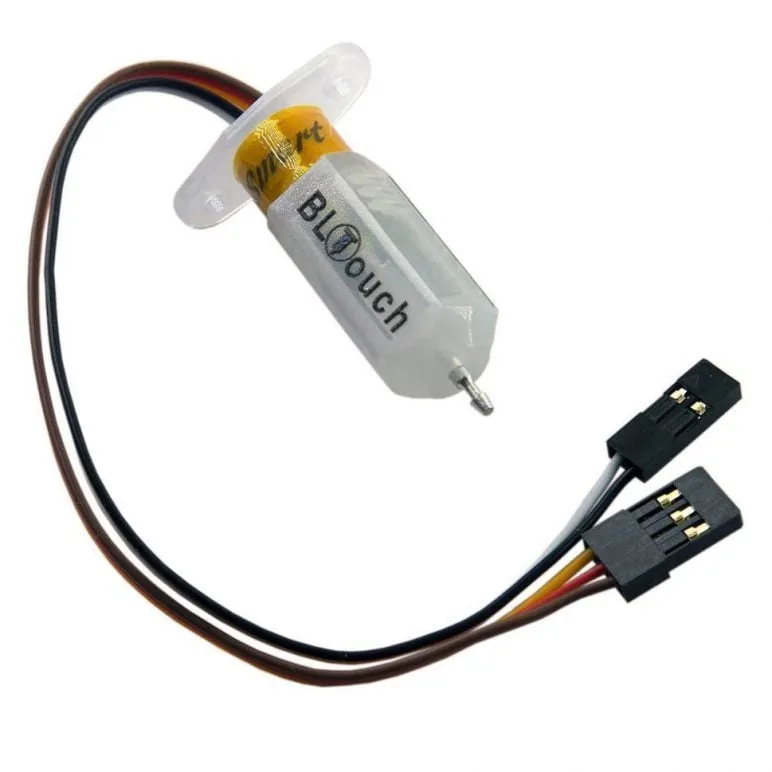
Several substrate options are available, each with its pros and cons. A mixture of coconut fiber and peat moss is a popular choice because it holds humidity well and allows for burrowing. Sphagnum moss can also be added to help retain moisture. Avoid substrates like cedar or pine shavings, as they can be toxic to tarantulas. Consider the species of your tarantula when making your selection; some species prefer drier environments, while others thrive in more humid conditions. Observe your spider’s behavior and adjust the substrate accordingly. The ideal substrate should be free of chemicals and easy to maintain. Selecting the correct substrate is a vital tarantula upgrade that ensures a comfortable and safe environment for your spider. It is important to research your tarantula’s specific needs to determine the best substrate combination.
Maintaining Substrate Humidity
Proper humidity levels are vital for successful molting. To maintain humidity, regularly mist the enclosure with dechlorinated water, especially if you live in a dry climate. The frequency of misting depends on the substrate type and your tarantula’s needs. You should also provide a water dish to ensure your spider has access to fresh water. Monitoring the substrate’s moisture level is key. The substrate should be damp, but not waterlogged. Overly wet substrate can lead to mold growth, while dry substrate can make it difficult for your tarantula to molt. You can use a hygrometer to monitor humidity levels and adjust your misting schedule accordingly. Regular maintenance of the substrate is a crucial component of tarantula upgrades, promoting your spider’s health and well-being.
Enclosure Size and Design
Choosing the right enclosure size and designing its layout are fundamental tarantula upgrades. The size of the enclosure directly impacts your tarantula’s well-being and ability to thrive. A well-designed habitat provides a stimulating environment and encourages natural behaviors. The enclosure size also affects the ease of maintaining temperature and humidity levels. An appropriately sized and well-designed enclosure is a key aspect of responsible tarantula ownership. Taking the time to consider these factors can significantly contribute to the health and happiness of your pet. Here is some key information to help you create the best enclosure.
Selecting the Appropriate Enclosure Size
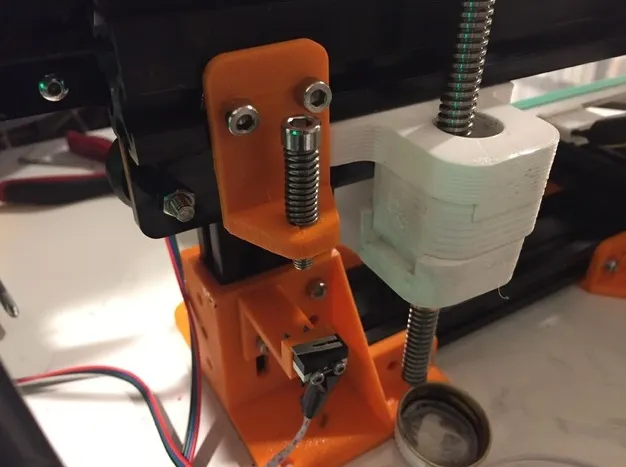
The enclosure size should correspond to your tarantula’s size and species. A general rule is to provide an enclosure that is at least twice the tarantula’s leg span in width and length, and the height should be sufficient to allow for burrowing or climbing, depending on the species. For terrestrial species, a wider enclosure is usually preferable. Arboreal species require taller enclosures with climbing opportunities. Overly large enclosures can make it harder for the tarantula to find food and feel secure, while enclosures that are too small can restrict movement and make it difficult to maintain ideal temperature and humidity levels. As your tarantula grows, you’ll need to upgrade the enclosure size accordingly. Proper sizing helps your pet to live a long and healthy life.
Habitat Design for Tarantulas
Designing the habitat is crucial. Include a water dish and appropriate substrate. Provide hiding places, such as cork bark or artificial hides, to make your tarantula feel secure. Decorate the enclosure with non-toxic plants or decorations. Consider the natural environment of the species you have. For example, a terrestrial tarantula might appreciate a spacious, low enclosure with plenty of substrate for burrowing, while an arboreal tarantula will need a taller enclosure with branches and climbing opportunities. Avoid cluttering the enclosure to ensure your tarantula has enough space to move around. By creating a well-designed habitat, you provide a stimulating environment that encourages natural behaviors and enhances your tarantula’s quality of life.
Temperature and Humidity Control
Maintaining the correct temperature and humidity is crucial for your tarantula’s health and survival. Tarantulas are ectothermic, meaning they rely on their environment to regulate their body temperature. Proper temperature and humidity levels support healthy molting, appetite, and overall well-being. Inadequate conditions can lead to health issues, such as dehydration or difficulty molting, and can be fatal. Monitoring and adjusting these factors are among the most important tarantula upgrades. The following sections provide guidance on how to ensure optimal conditions.
Maintaining Optimal Temperature
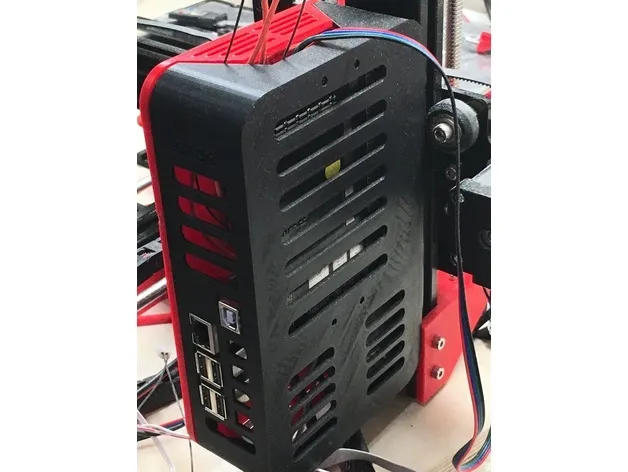
Most tarantulas thrive in temperatures between 75-85°F (24-29°C). Use a thermometer to monitor the enclosure temperature. You may need a heat source, such as a heat mat, if your home is consistently colder than the required range. However, never place a heat mat directly under the enclosure, as this can be too hot. Instead, place it on the side of the enclosure or use a thermostat to regulate the temperature. Avoid direct sunlight, which can overheat the enclosure. Provide a temperature gradient within the enclosure so your tarantula can move to cooler or warmer areas as needed. Regular monitoring and adjustments are essential for creating a stable and healthy environment.
Monitoring Humidity Levels
As mentioned earlier, humidity is crucial for successful molting. Use a hygrometer to measure humidity levels. The ideal humidity range varies depending on the species. Terrestrial species typically need 60-70% humidity, while arboreal species may require higher levels. Mist the enclosure with dechlorinated water to increase humidity if necessary. Ensure proper ventilation to prevent mold growth. Regularly check the substrate for moisture and adjust your misting schedule accordingly. Proper humidity control contributes to the overall health and well-being of your tarantula. Consistent monitoring and adjustments are essential for maintaining the right conditions.
Providing Hiding Places
Tarantulas are naturally shy creatures, and providing secure hiding places is essential for their well-being. Hiding spots help them feel safe, reduce stress, and allow them to exhibit their natural behaviors. A well-designed habitat includes several options for hiding, allowing your tarantula to choose its preferred spot. This essential upgrade significantly improves your pet’s quality of life. The sections below will help you understand what options are available to create the perfect environment.
Essential Hiding Spots
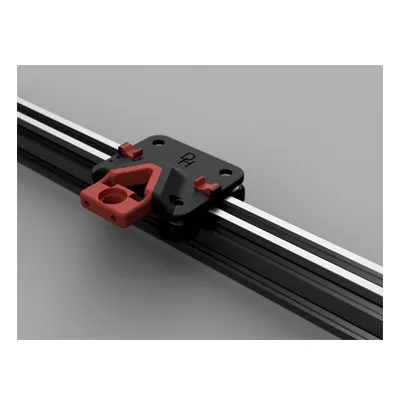
Cork bark is an excellent option for providing hiding places. It offers a natural look and allows tarantulas to burrow or create web retreats. Artificial hides, such as half-logs or commercially available tarantula hides, are also suitable. Ensure the hide is appropriately sized, allowing your tarantula to comfortably fit inside. The hide should be stable and not easily tipped over. The presence of a secure hiding spot provides a sense of security and reduces stress. For arboreal species, you may want to include vertical hides or branches to provide climbing opportunities and hiding places. A variety of options gives your tarantula choices and encourages natural behaviors.
Decorating the Enclosure
Decorating the enclosure can enhance its aesthetic appeal while also providing enrichment for your tarantula. Add non-toxic plants, such as fake plants or certain live plants, to the enclosure. This can help maintain humidity and create a more natural environment. Consider adding rocks or driftwood to provide climbing opportunities. Ensure all decorations are secure and do not pose a risk of injury. Avoid overcrowding the enclosure; a few well-placed decorations are better than many. This combination of functional and decorative elements allows your tarantula to engage in natural behaviors. By decorating with care and attention, you enhance your pet’s environment and overall well-being.
Lighting and UV Considerations
Lighting and UV light play a significant role in tarantula care, impacting their behavior and potentially their health. While tarantulas do not require intense lighting like some reptiles, the right light setup can enhance their environment and provide important benefits. Proper lighting also allows for better observation of your tarantula. It is important to understand what your tarantula needs to maintain optimal health and provide the best experience possible. Below, we will examine the various options available to provide these important elements.
Lighting for Tarantulas
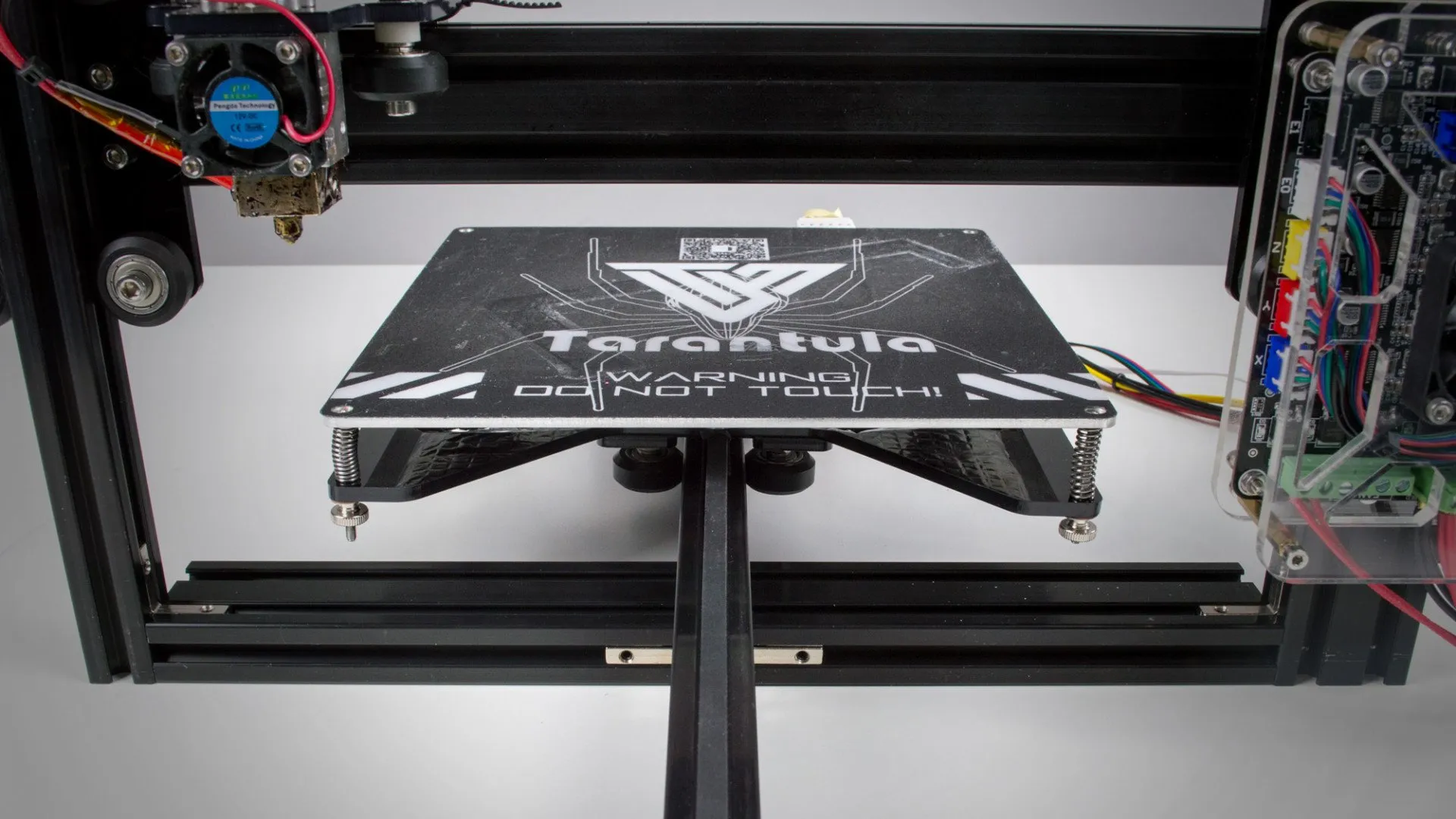
Tarantulas do not require special lighting for their health. However, a low-wattage LED bulb can be used to illuminate the enclosure for viewing purposes. Avoid bright or intense lights, as these can stress your tarantula. A dim, ambient light is usually sufficient. Ensure that the light does not create excessive heat. A regular day-night cycle can also be beneficial for your tarantula’s natural behaviors. By providing some form of illumination, you can observe your spider more easily. Carefully selecting your lighting can provide several benefits without causing your pet any harm.
UV Light and Its Impact
The use of UV light in tarantula enclosures is a debated topic. Some studies suggest that certain UV-B light can be beneficial for tarantulas. However, the research is still evolving. If you choose to use UV light, use a low-intensity bulb and provide areas of shade within the enclosure. Ensure the UV light is specifically designed for reptiles. Overexposure to UV light can be harmful, so it is essential to monitor your tarantula’s behavior and health. Consider that many experienced tarantula keepers do not use UV light, and their spiders thrive. Before using UV light, conduct thorough research, and observe your tarantula’s response to it. The key is to provide a safe and controlled environment.
Feeding and Water Dish Upgrades
Proper feeding and access to fresh water are fundamental aspects of tarantula care. Both contribute significantly to your tarantula’s health, growth, and overall well-being. Feeding your tarantula a nutritious diet and providing clean water are essential for preventing dehydration and promoting healthy molting. The following sections provide information to help you make the best choices for your pet.
Choosing the Right Food
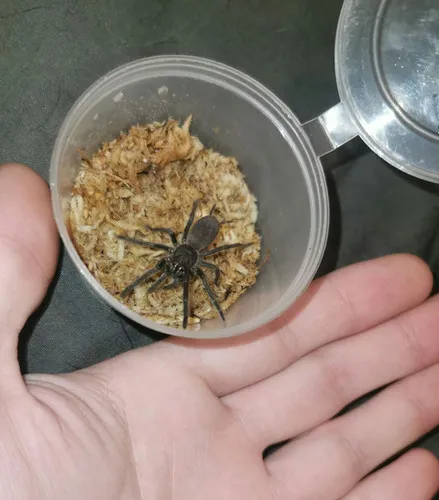
The primary food source for tarantulas is live insects. Crickets, mealworms, and roaches are common choices. The size of the insects should be appropriate for your tarantula’s size; generally, the insect should be no larger than the tarantula’s abdomen. Feed juveniles 1-2 times per week, and adults every 1-2 weeks, depending on their appetite and growth stage. Ensure that the insects are gut-loaded with nutritious food before feeding them to your tarantula. This will provide your spider with essential vitamins and minerals. Remove uneaten insects after 24 hours. Overfeeding can lead to health problems, so observe your tarantula’s feeding habits and adjust the feeding schedule accordingly.
Water Dish Options
A shallow water dish is essential for providing your tarantula with a source of fresh water. The dish should be shallow enough to prevent drowning. Use a water dish made of non-toxic material. Change the water regularly to keep it clean and prevent bacteria growth. Some keepers use a sponge or cotton ball in the dish to help small spiderlings drink. Position the water dish in a secure location within the enclosure. Providing clean water is crucial for keeping your tarantula hydrated, which is essential to its health and wellbeing. Consider the size of your tarantula when choosing the size and depth of the water dish.
Safety and Security Measures
Ensuring your tarantula’s safety and the security of its enclosure are essential tarantula upgrades. Preventing escapes, creating a secure enclosure, and understanding potential hazards contribute to responsible tarantula ownership. The safety of your tarantula and the well-being of everyone in your household should be top priorities. By implementing the right measures, you can create a safe and secure environment for both your pet and yourself. The next sections will outline how to achieve this.
Preventing Escapes
Tarantulas are capable of escaping, so preventing this is paramount. Always use a secure enclosure with a tight-fitting lid. Ensure there are no gaps or openings that your tarantula can exploit. Inspect the enclosure regularly for damage. When opening the enclosure, do so cautiously, and make sure you can quickly close the lid. Keep the enclosure away from areas where it could be knocked over. Be aware of your tarantula’s movements and handle it with care during maintenance. Take precautions to avoid accidental escapes, as this can be dangerous for both your pet and your household. When working with your tarantula, remain calm and focused.
Secure Enclosure Features
Choose an enclosure made of durable materials. Glass or acrylic enclosures are popular choices. The lid should be secure and prevent any possibility of escape. Check for a secure locking mechanism. Ventilation is essential, but ensure the ventilation holes are small enough that your tarantula cannot squeeze through. Ensure that the enclosure is placed in a stable location away from direct sunlight and extreme temperatures. Maintaining a secure enclosure is critical for your tarantula’s safety. Regular inspections and maintenance will ensure that your tarantula is safe and secure, contributing to a long and healthy life.
